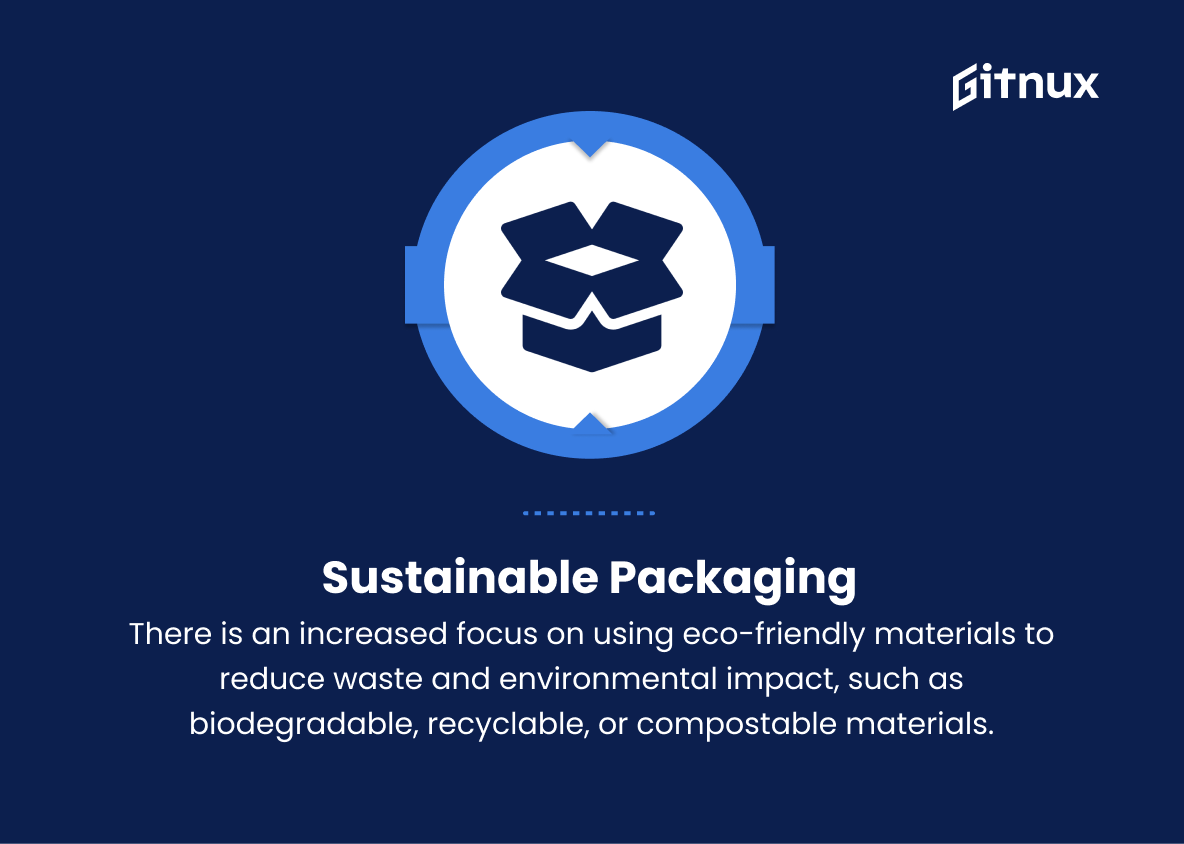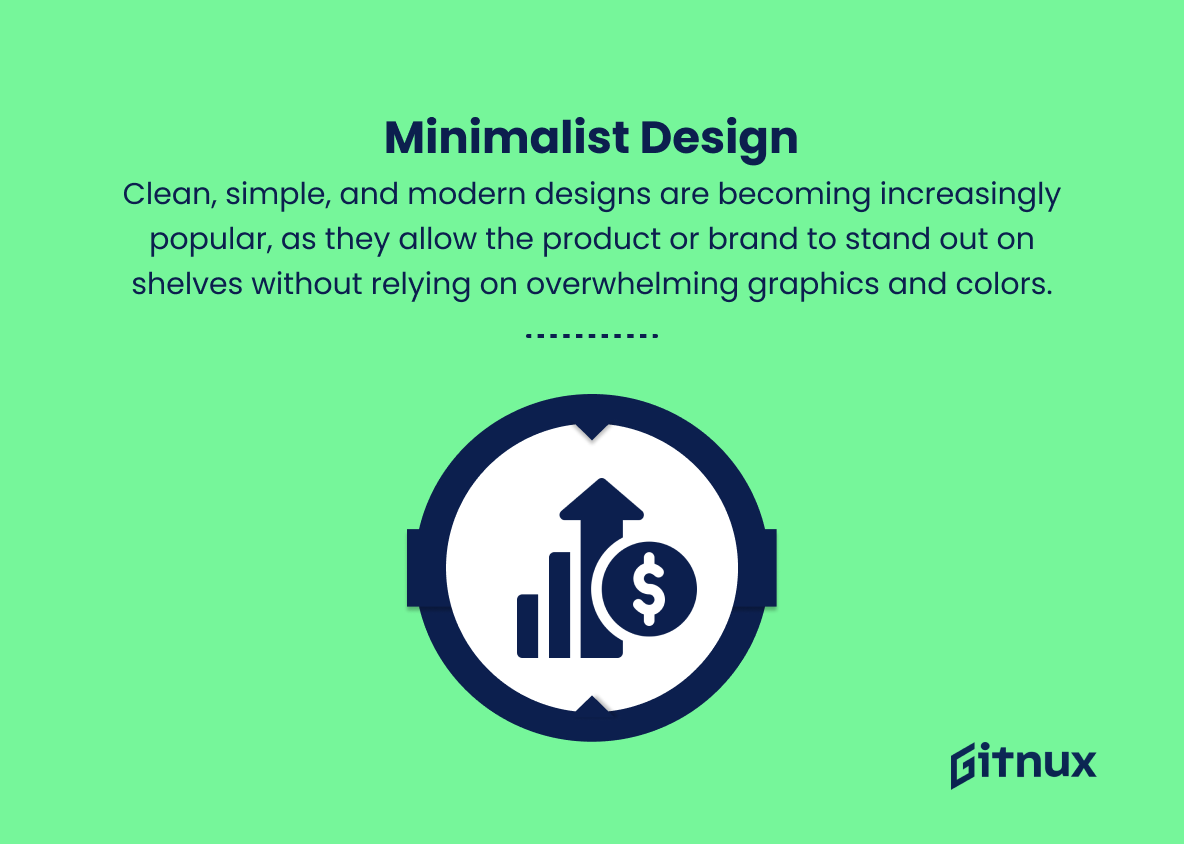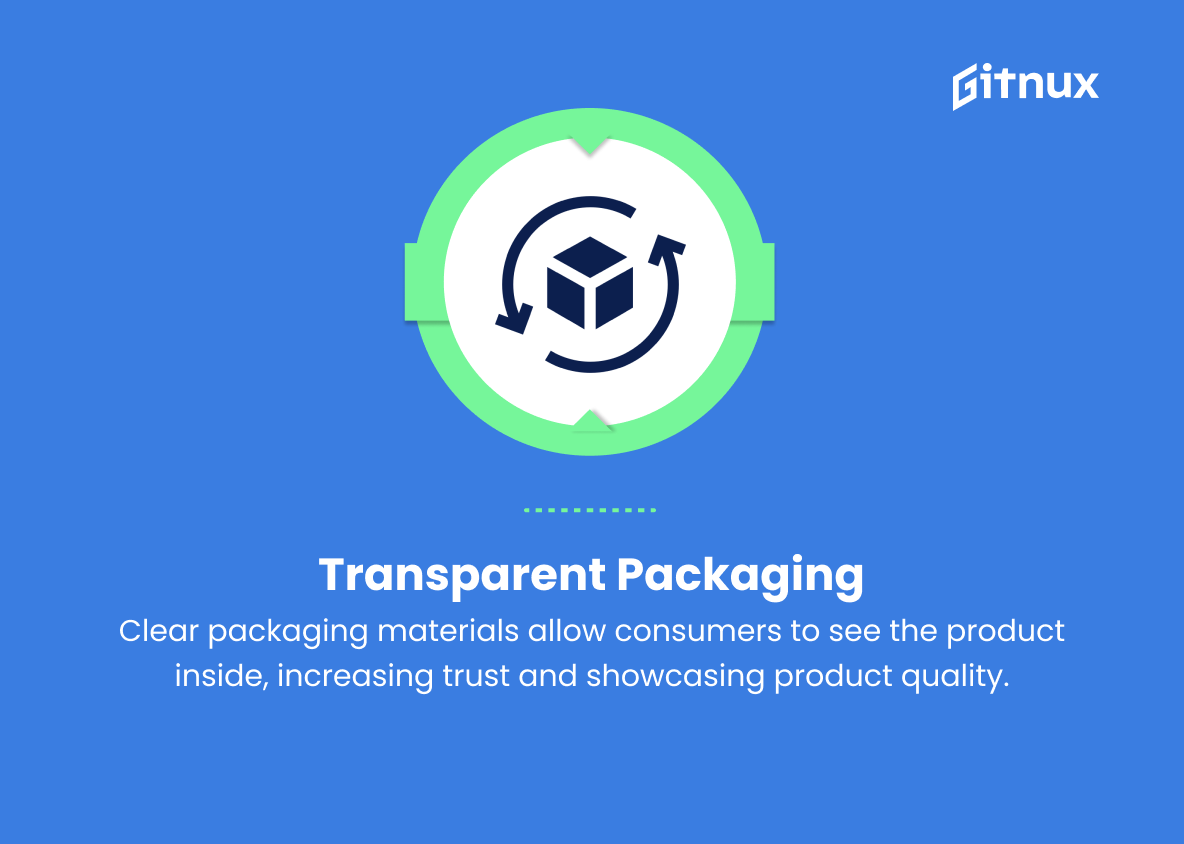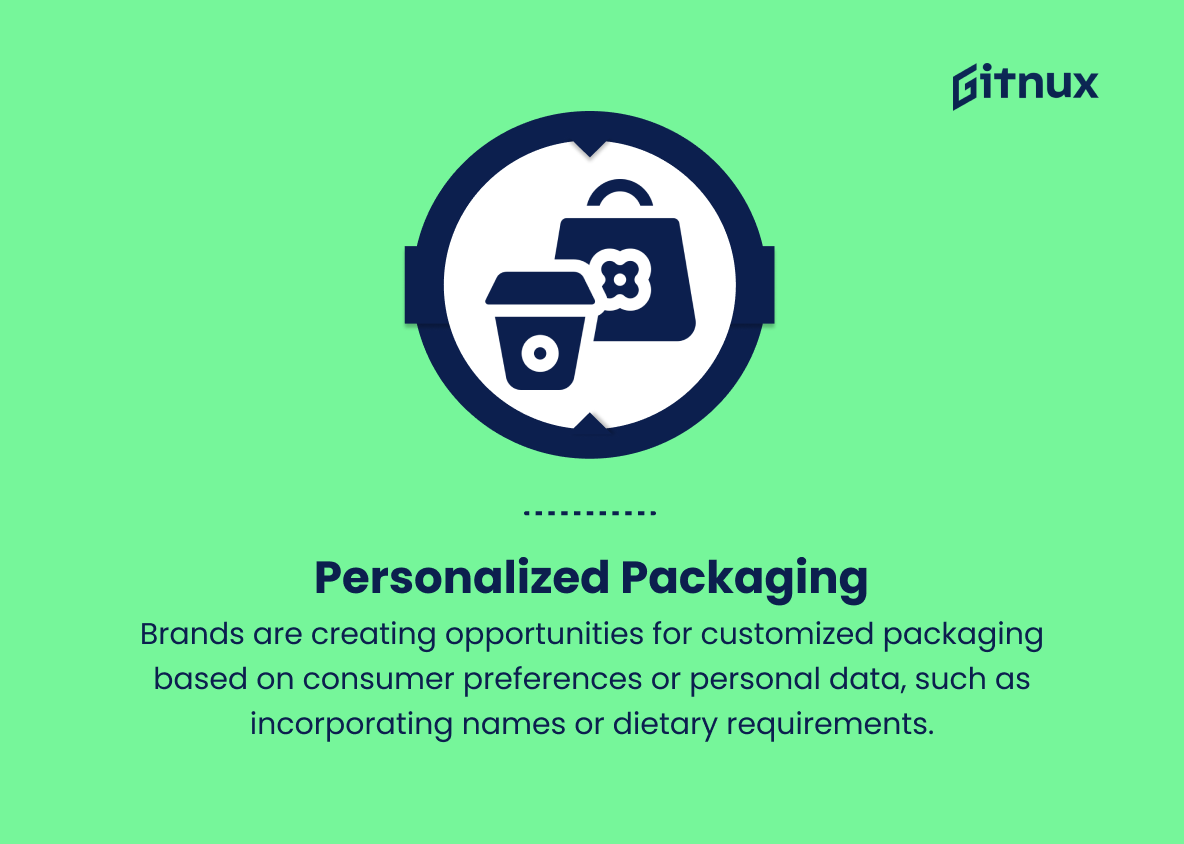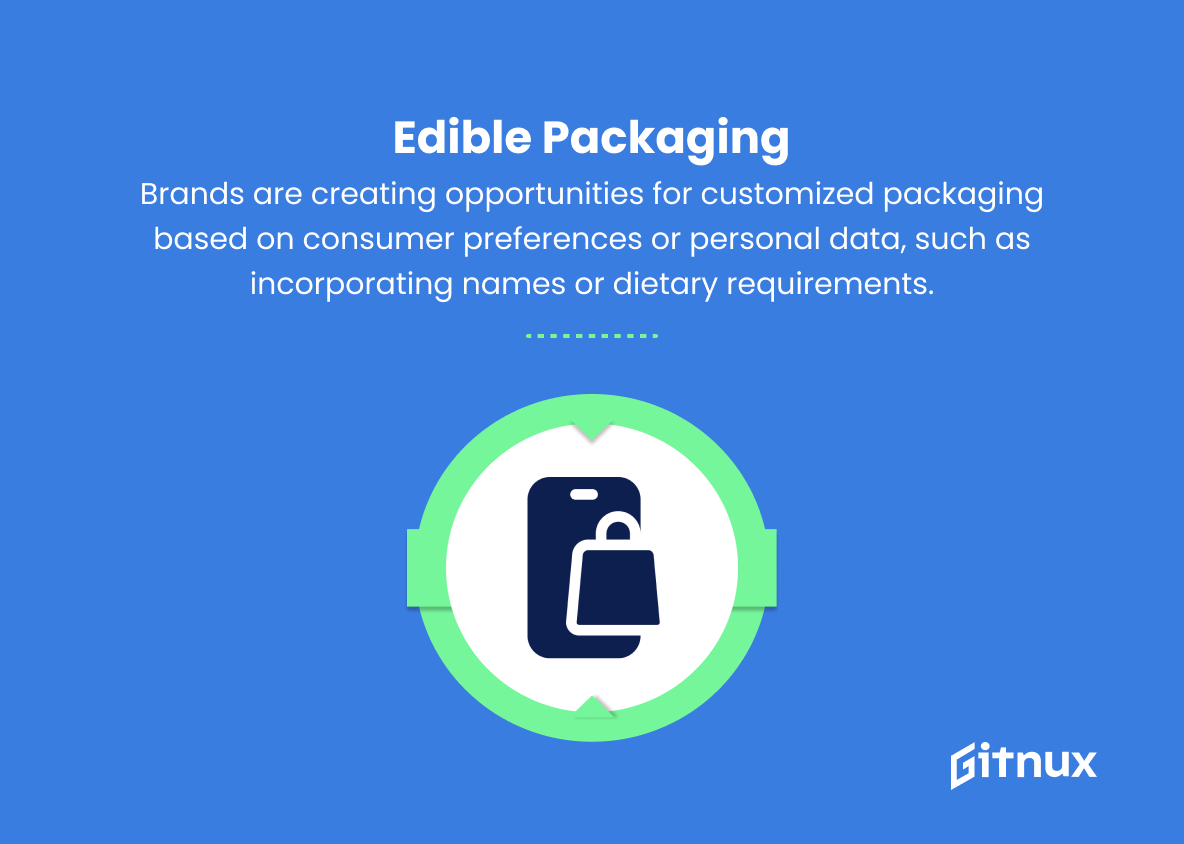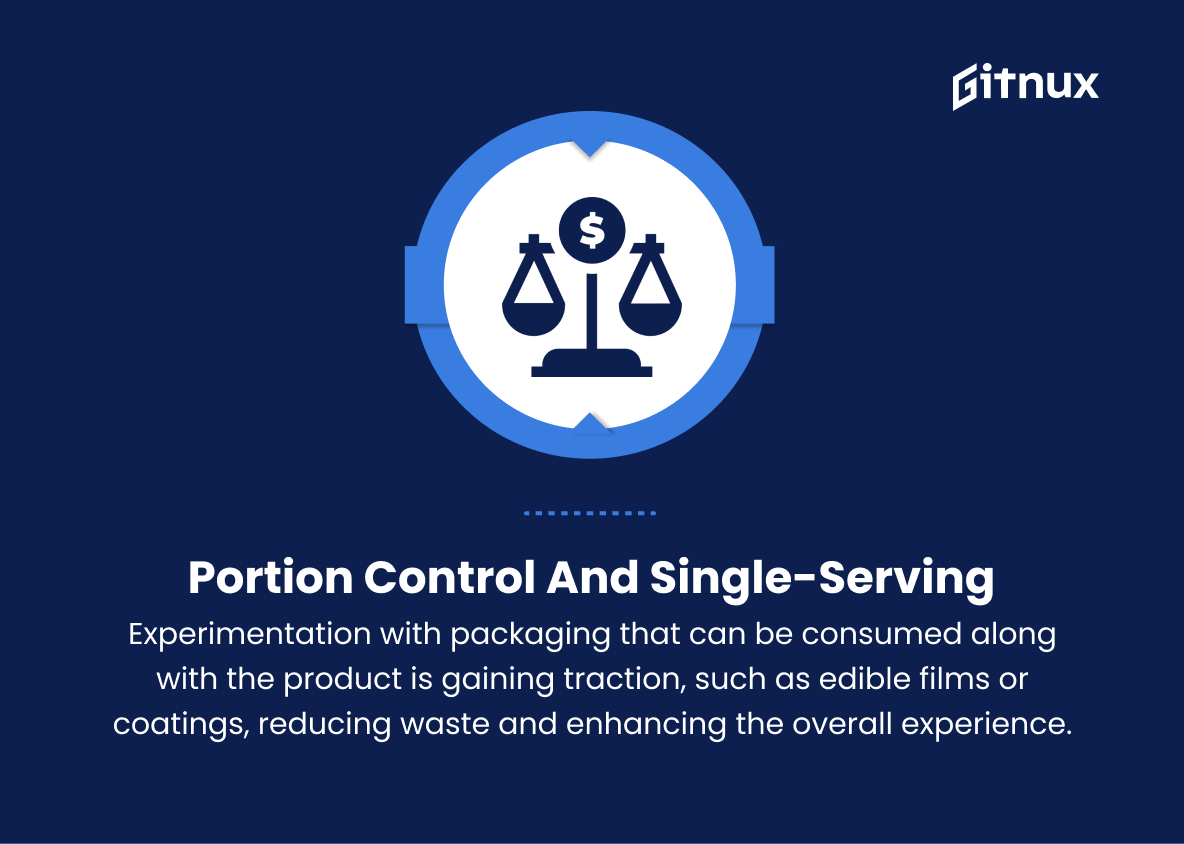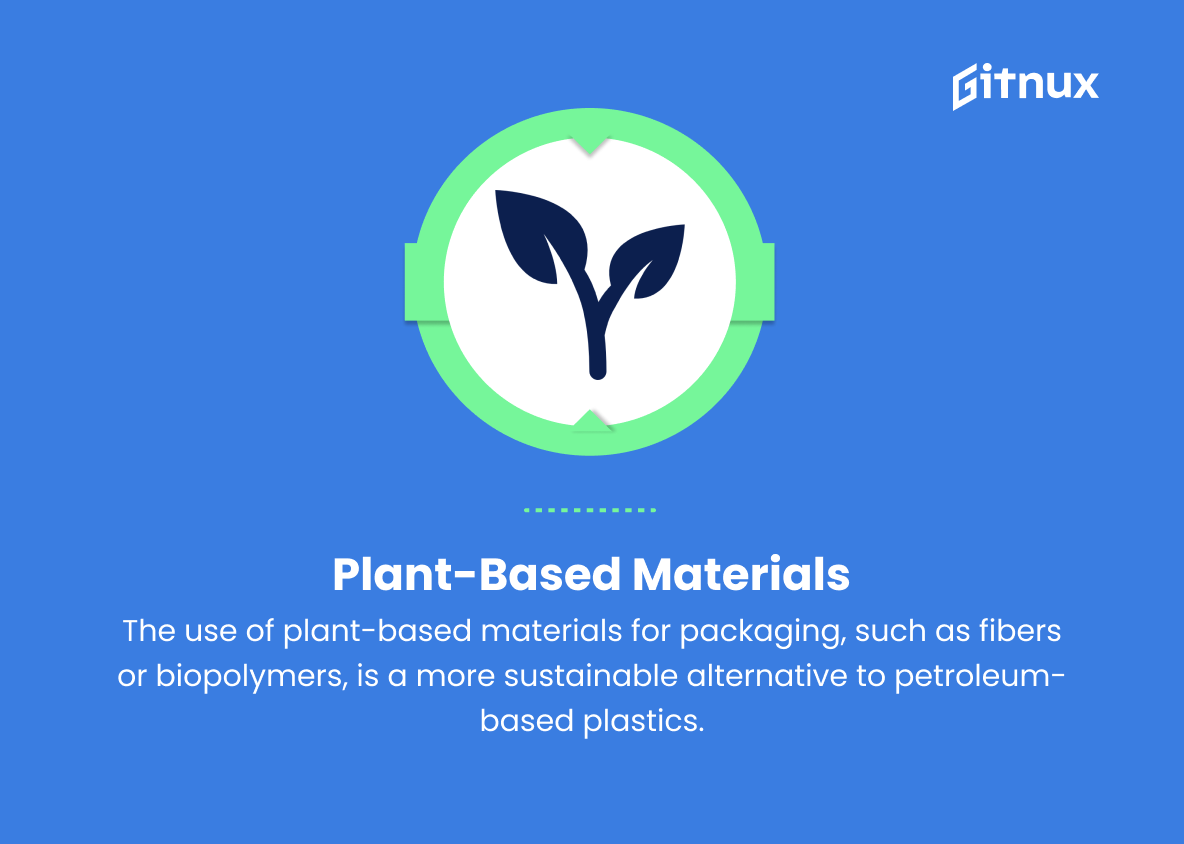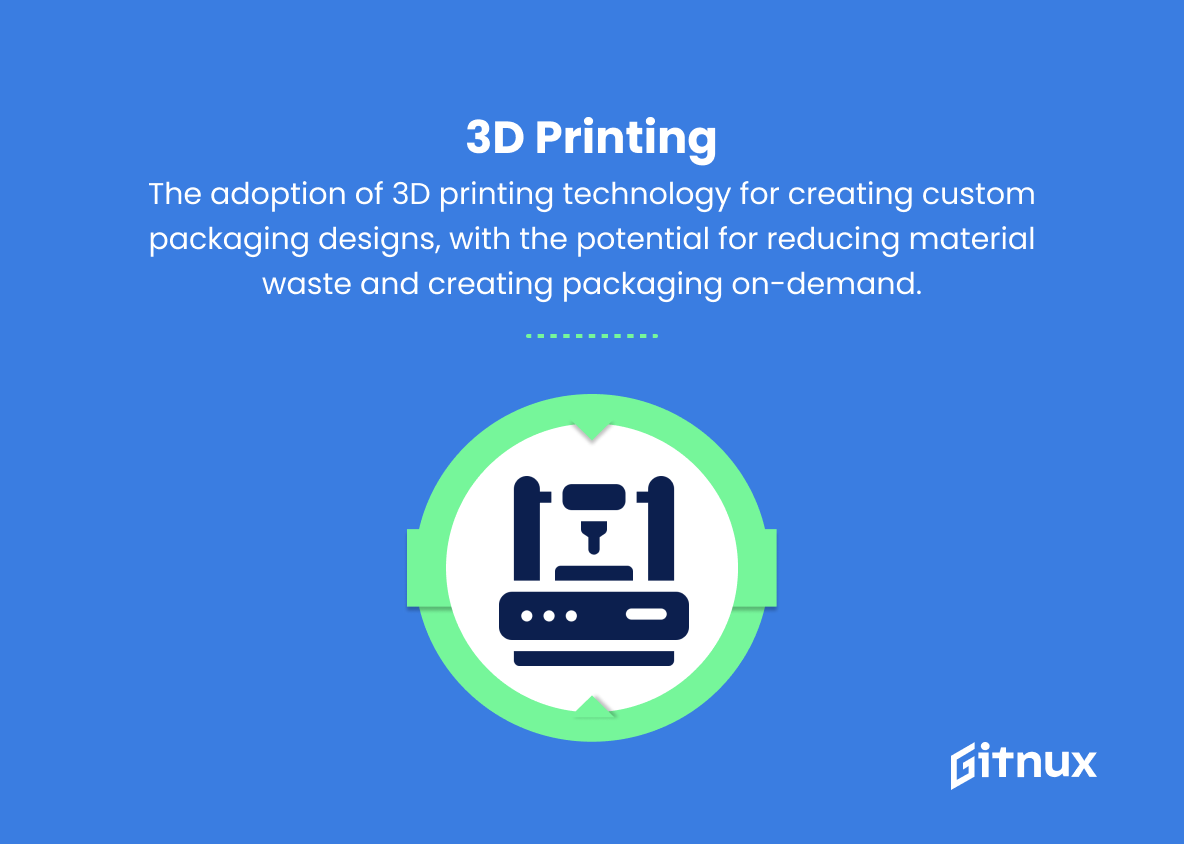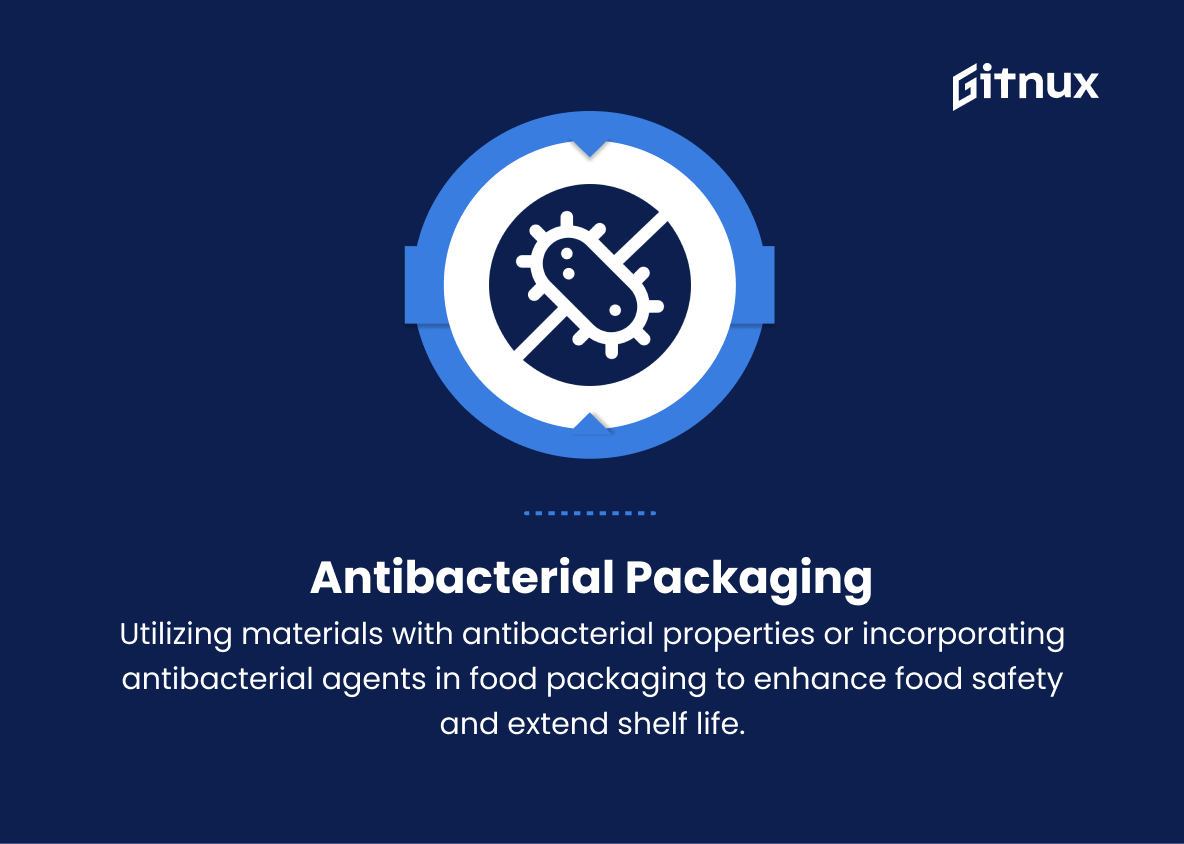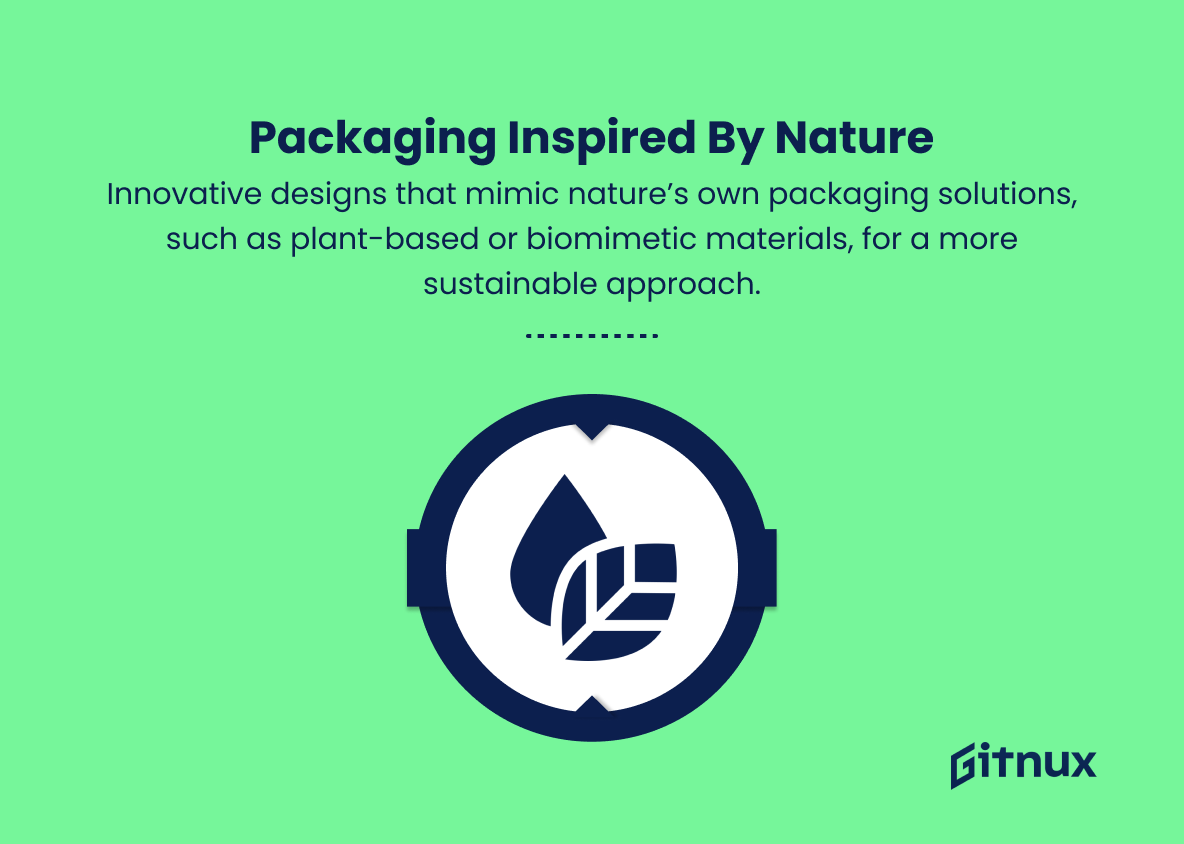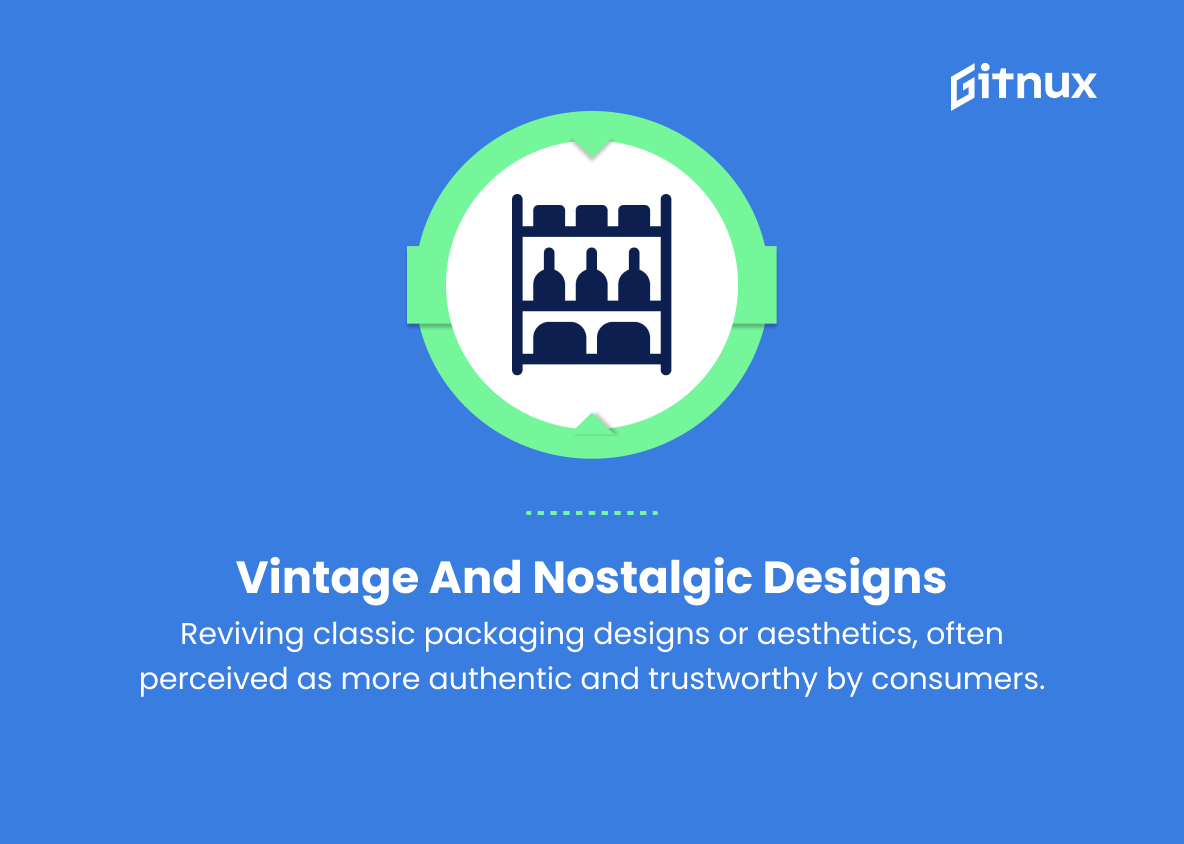In today’s fast-paced and constantly evolving world, food packaging plays a crucial role in the food industry. It not only ensures that our food remains fresh and safe for consumption but also communicates essential information to consumers and helps to establish distinct branding. As environmental concerns and consumer preferences continue to shift, it has become increasingly essential for businesses to stay up-to-date with the latest food packaging trends.
In this in-depth blog post, we will explore innovating and sustainable trends dominating the food packaging landscape, the driving forces behind them, and how these trends are shaping the future of the food industry. So, join us as we unpack the fascinating world of food packaging and discover what it takes to stay ahead of the curve in this competitive and rapidly changing market.
Top Food Packaging Trends
1. Sustainable packaging
There is an increased focus on using eco-friendly materials to reduce waste and environmental impact, such as biodegradable, recyclable, or compostable materials.
2. Minimalist design
Clean, simple, and modern designs are becoming increasingly popular, as they allow the product or brand to stand out on shelves without relying on overwhelming graphics and colors.
3. Transparent packaging
Clear packaging materials allow consumers to see the product inside, increasing trust and showcasing product quality.
4. Smart packaging
Integration of technology, such as QR codes, augmented reality, or temperature-sensitive sensors, can enhance consumer experience, share information, or track product freshness.
5. Personalized packaging
Brands are creating opportunities for customized packaging based on consumer preferences or personal data, such as incorporating names or dietary requirements.
6. Edible packaging
Experimentation with packaging that can be consumed along with the product is gaining traction, such as edible films or coatings, reducing waste and enhancing the overall experience.
7. Portion control and single-serving packaging
Consumer preferences for portion-controlled servings and on-the-go consumption has led to an increase in packaging designed for single servings or smaller portions.
8. Reusable and refillable packaging
Encouraging consumers to reduce waste with packaging that can be reused or refilled multiple times, promoting sustainability, and reducing society’s reliance on disposable materials.
9. Plant-based materials
The use of plant-based materials for packaging, such as fibers or biopolymers, is a more sustainable alternative to petroleum-based plastics.
10. Flexitarian-friendly packaging
Increased demand for vegetarian and plant-based alternatives has led to packaging designed specifically for these food items, offering better protection and extended shelf-life for these products.
11. Modularity and flexibility
Packaging designed for easy storage, stacking, and transport, making use of space efficiently, and reducing material waste.
12. 3D printing
The adoption of 3D printing technology for creating custom packaging designs, with the potential for reducing material waste and creating packaging on-demand.
13. Antibacterial packaging
Utilizing materials with antibacterial properties or incorporating antibacterial agents in food packaging to enhance food safety and extend shelf life.
14. Packaging inspired by nature
Innovative designs that mimic nature’s own packaging solutions, such as plant-based or biomimetic materials, for a more sustainable approach.
15. Vintage and nostalgic designs
Reviving classic packaging designs or aesthetics, often perceived as more authentic and trustworthy by consumers.
Implications
As we progress into the future, food packaging trends are evolving to meet consumer demands for sustainability, simplicity, and innovation. The increased focus on sustainable packaging includes using eco-friendly materials such as biodegradable, recyclable, or compostable alternatives. This shift aims to reduce waste and our environmental impact, while also incorporating plant-based materials and reusable or refillable options. Additionally, minimalist designs and transparent packaging boost consumer trust and enable products to stand out on shelves without relying on excessive graphics.
With the integration of smart packaging, technology enhances consumer experiences and can share valuable information or track product freshness. Personalized and flexitarian-friendly packaging cater to individual preferences, dietary requirements, and the growing trend for plant-based food options. Experimentation with edible packaging allows for waste reduction and a unique experience, while portion control and single-serving packaging reflect changing demands for on-the-go consumption.
Embracing modularity and flexibility in packaging results in efficient use of space and material, with 3D printing technology opening doors for custom designs and on-demand production. Antibacterial packaging aids in food safety, and nature-inspired or vintage designs appeal to consumer desire for authenticity and sustainability. These trends reflect a future in which food packaging works in harmony with consumer needs and environmental responsibility, paving the way for a greener and more sustainable food industry.
Conclusion
In conclusion, the food packaging industry is constantly evolving, with new trends addressing consumer demands for sustainability, convenience, and visual appeal. From eco-friendly materials and minimalist designs to smart packaging and single-serving options, these trends reflect societal shifts towards environmental consciousness, health and wellbeing, and the growing importance of e-commerce.
As we move into the future, it is crucial for brands and consumers alike to stay informed about these trends, adapting responsibly to new challenges and opportunities, ultimately fostering a healthier and more sustainable relationship with packaged foods.
